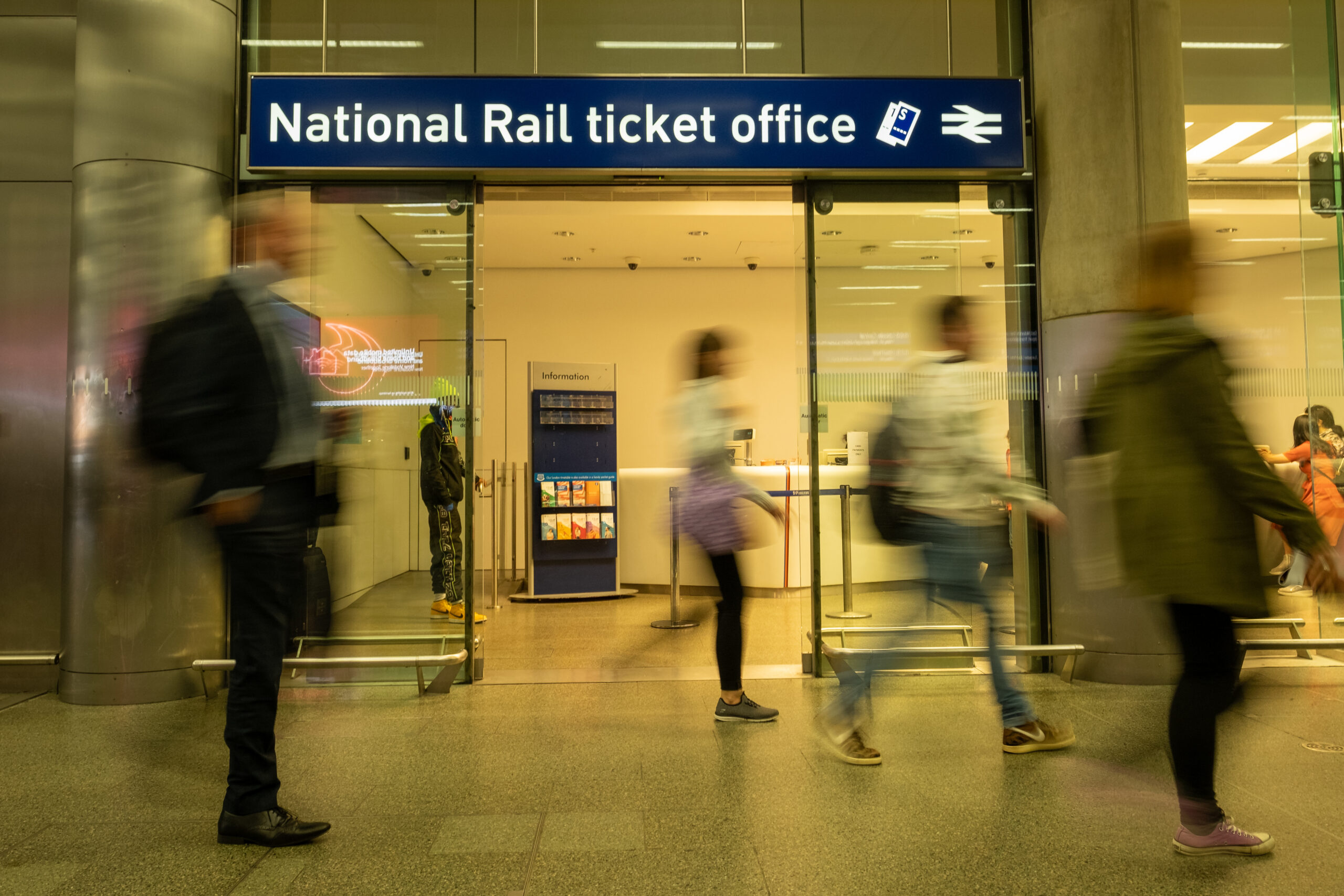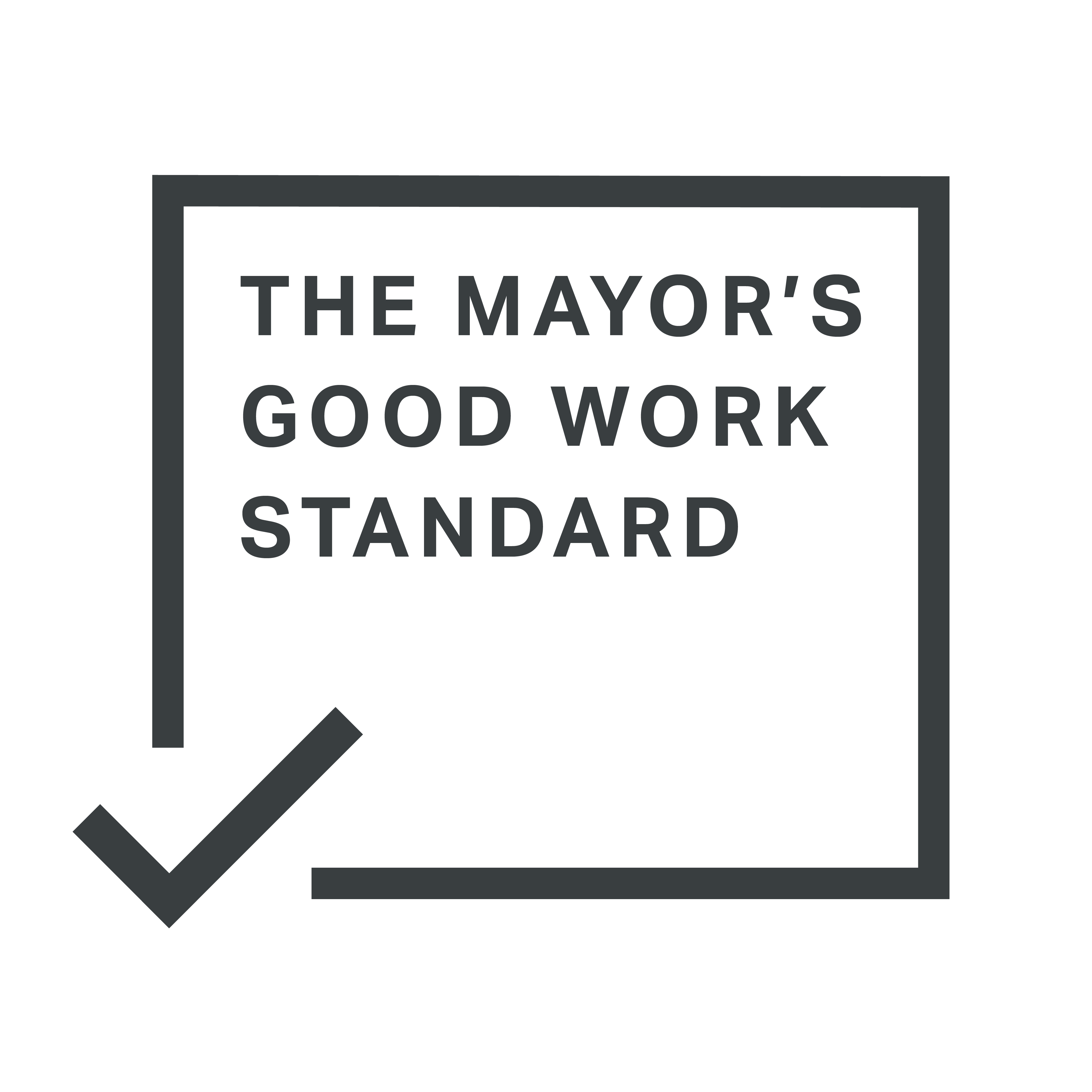Certain types of closure are classified as ‘minor modifications’. These include, for example, parts of a station (such as a platform, ticket office or toilet) or part of a line where this does not affect the continued operation of passenger services.
Some are covered by a ‘general determination’, e.g. structures or facilities which are simply being relocated within a station, or which have been subjected to persistent criminal damage. Others, which fall outside this category, must be the subject of an application to the Secretary of State (i.e. the Department for Transport) for a ‘specific determination’ that they can be treated as minor closures.
Minor closure proposals are not publicly advertised, but the body making them is expected to consult and take account of the views of other affected organisations including other rail operators, Transport Focus and/or, where relevant, London TravelWatch. A four-week consultation period is allowed.
The Department’s role is limited to determining whether a particular closure proposal is minor, and therefore falls within the provisions of sections 34 and 35 of the Railways Act 2005. If it is, no formal approval is needed. The minor closure procedure is described more fully in an operational guidance note published by the Department.
There is no minor closure procedure for rail services or facilities provided by Transport for London or its subsidiaries, and no formal requirement for it to consult affected bodies about proposals analogous to those to which this procedure applies on National Rail. But by courtesy it does consult them in the case of significant changes (such as redevelopment of stations).




